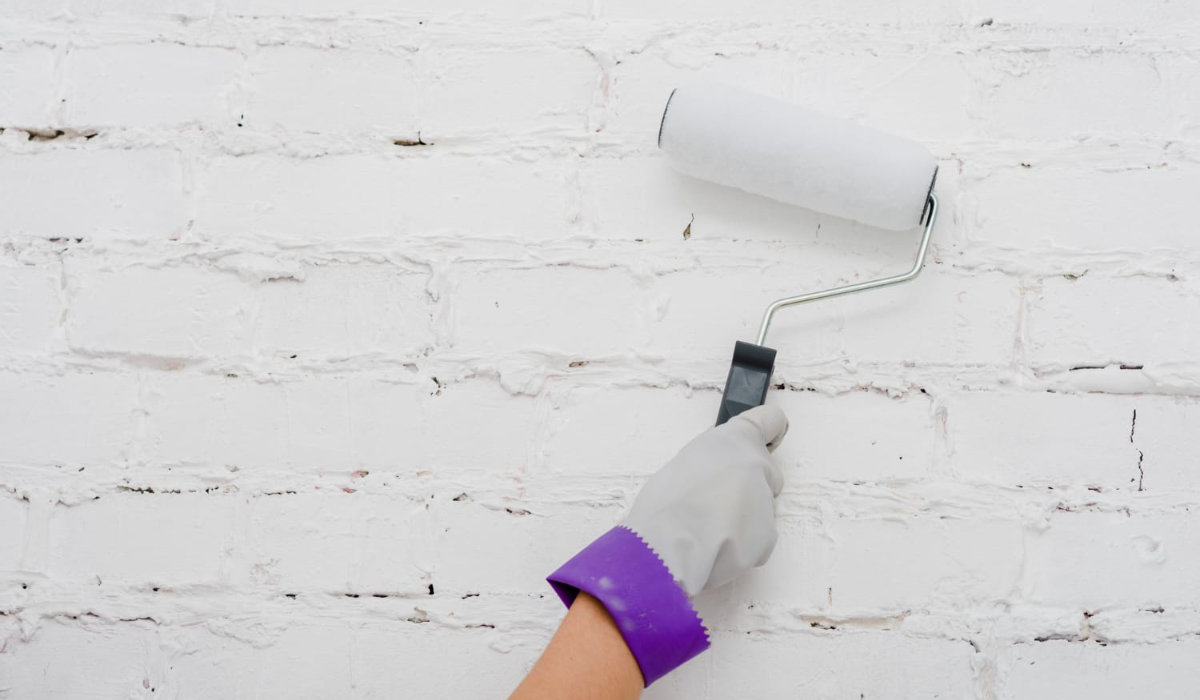Brick painting is a popular trend in interior design and architecture. From a classic white finish to bold colors, painted brick adds a bold and modern feel, opening up opportunities for individual style and aesthetics.
Before painting bricks, it is also recommended to thoroughly clean the surface of dust, dirt and mortar residues. This can be done with special chemicals or pressurized equipment and then allowed to dry for several days before painting begins. It is also worth remembering that painting bricks is a long-term decision as the paint can be difficult to remove. Therefore, before starting to paint, it is worth considering the right color that will match the decor of the entire room. Also pay attention to the grade of paint to avoid problems with chipping and chipping in the future.
Start with a clean surface
Make sure the brick surface is completely clean with no loose waste or greasy stains. If you do not wash the brick before painting, you will be painting on sand and dust, which will result in poor paint adhesion. A light pressure wash will usually suffice for the outer bricks; for interiors, thorough cleaning with soap and water is sufficient. After drying, fill in any gaps in the mortar or repair any cracks.
Then apply primer paint
Whether you’re painting old or new brick, indoors or outdoors, you need to apply a primer. The best will be dedicated to bricks and masonry materials. They are typically slightly thinner, which helps the primer penetrate the porous surface of the brick and bond any chalky or loose materials, and have greater alkali resistance, which protects the paint film from alkaline burn. Choose a water-based primer if you plan to use latex paint, or an oil-based primer for oil paints.
Use the right tools

Since you’re dealing with a much rougher and more porous material than regular plaster, you’ll need an applicator that can withstand wear and tear. Use a brush with synthetic bristles and don’t skimp on quality. If you are painting larger areas and want to use a roller, choose a high-pile roller to ensure that the primer reaches all the nooks and crannies. If using an airless spray, roll over the surface with a damp roller after spraying to ensure the primer is well bonded to the brick surface.
Now you can paint
Once the key preparation step is complete, you can apply a topcoat in the indicated color. Any formula and gloss will work fine as long as the primer has been applied. Typically, higher gloss paints are used on bricks. They are more resistant to damage and stains, but you can also use paint with a semi-gloss or matte finish. Latex paint dries faster and is easier to clean, while oil paint dries to a harder finish. Painted brick does not require protection – just choose an abrasion-resistant external paint if the brick will be exposed to weather conditions.



